The Rising Metaverse
As one of the most well-known technological concepts in the world, the metaverse has gathered trillion discussions and led to many conversations, especially in the technology world. Technology tycoons such as Meta(Facebook), Microsoft, Apple, Tencent, and Bytedance have raised a Metaverse competition worldwide. Also, contributing to the intrinsic connections between Metaverse and the real world, some brands such as Chipotle Mexican Grill and Hello Kitty have occupied a share of Metaverse.
After knowing about the popularity of Metaverse, it seems like we have not defined the term “Metaverse” yet. The metaverse is hard to describe in detail as it doesn’t necessarily exist. It is “partly a dream for the future of the internet and partly a neat way to encapsulate some current trends in online infrastructure, including the growth of real-time 3D worlds.” If we insist on defining the metaverse, it should be a virtual world where you can live a synchronous life through your avatar. Thinking about the movie Ready Player One, where characters stay in a virtual reality space, OASIS avoids the real world. Though the movie is a typical sci-fi movie with fantastical elements, it contains many basic concepts of the metaverse.
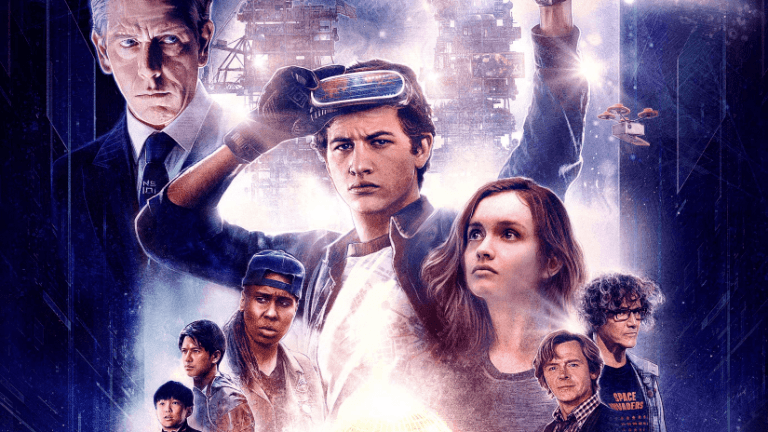
A Brief History of the Metaverse
When talking about the development history of the metaverse, we need to discuss both the rise of VR/AR/XR technologies, the gaming industry, Blockchain, and NFT and how these different items combine with each other. The word “Metaverse” was created in 1992 by writer Neal Stephenson In his novel Snow Crash after the appearance of VR and 3D technologies. Stevenson’s metaverse was a virtual Utopia where characters could go to escape a dreary totalitarian reality. In the 1990s, VR technology and console games experienced a proliferation which prepared a perfect environment for the growth of the metaverse. What brought metaverse to the public was the rebranding initiative of Facebook last year. Facebook stepped into the metaverse in 2014 after acquiring the VR company Oculus. During the following years, Facebook has kept observing and developing its metaverse world and finally changed its name to Meta one year ago. This initiative has been recognized as a signal of the start of the metaverse era.
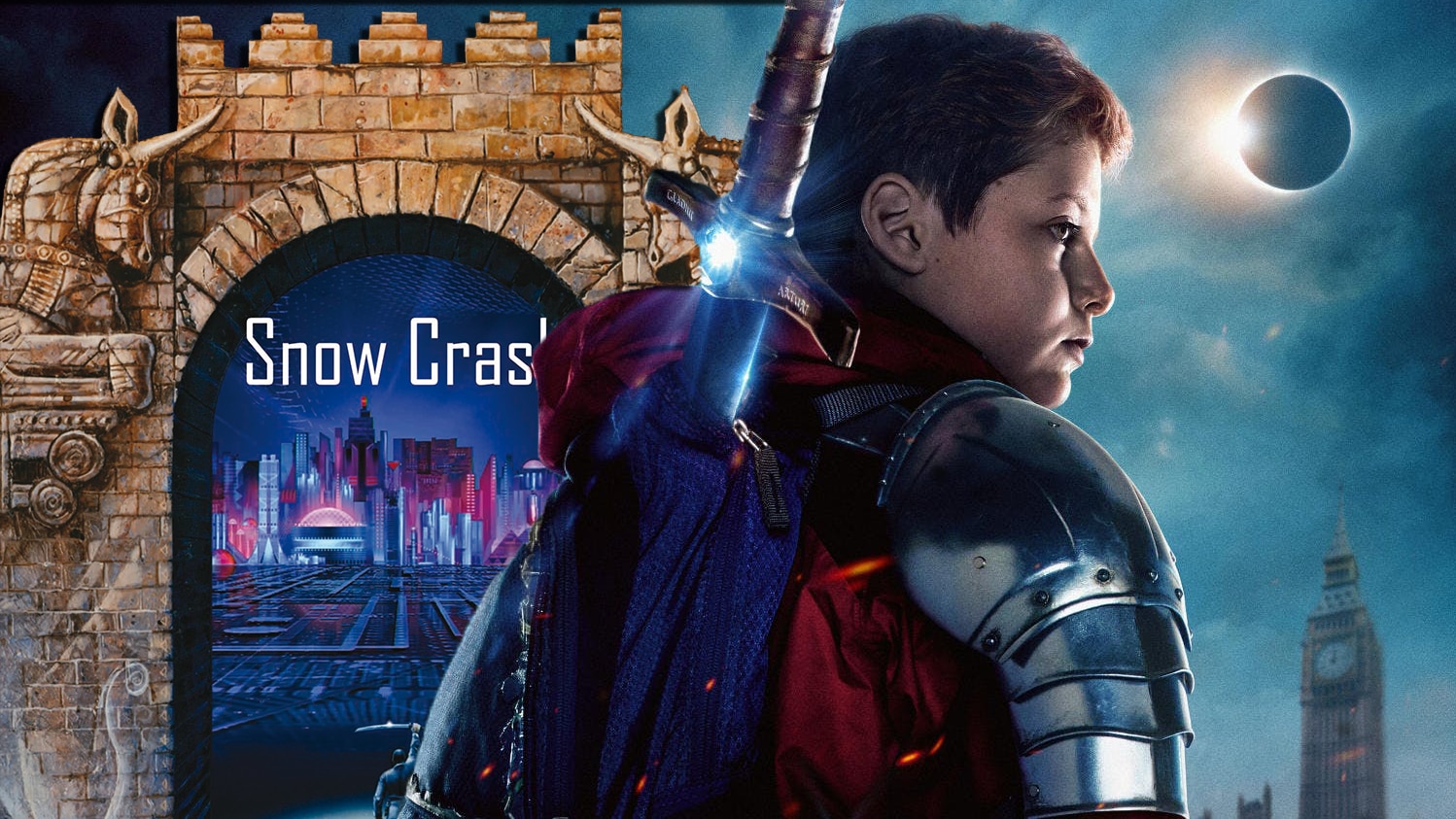
To date, the metaverse is still a vague concept for people outside the technology industry. The ideas toward metaverse are polarized as well. The supporter states that the metaverse will soon replace the internet, while the counterpart believes the metaverse has no difference from a fancier role-playing game.
Roblox – A metaverse Prototype
So what should a typical metaverse look like? As mentioned before, there is no established metaverse in the world. Still, there are some generally defined essential metaverse elements: Interaction, currency, 3D art style, and connections with virtual reality. Some internet products may give us a chance to take a glance at the future.
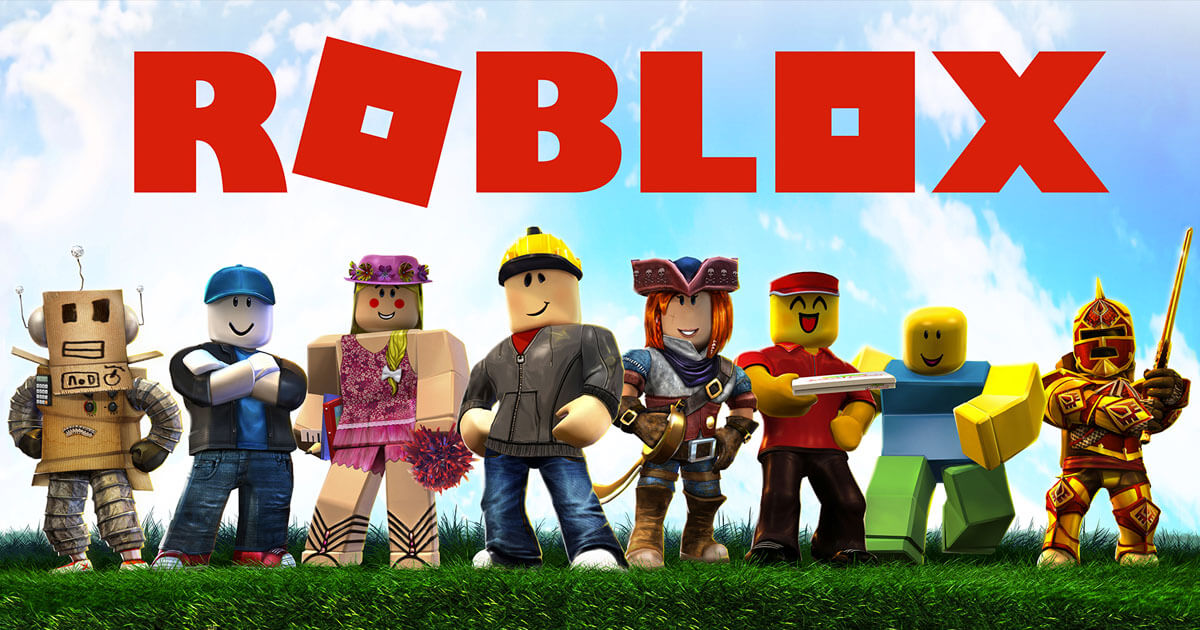
Roblox, a free online multiplayer game development and playing platform, has long been described as the first share of the metaverse. Roblox’s chief business officer Craig Donato claims that the Roblox team is one hundred percent devoted to the metaverse. They have been “around for about 15 years” The original idea of Roblox is to create a “human co-experience” in which “people doing things together in synchronous 3D spaces.”
Roblox looks no different from traditional, well-known sandbox games such as Minecraft at first glance. However, Roblox provides a built-in game development tool kit that is extremely easy to use, and even a 12-year-old kid can produce a complicated game using the tool. After finishing developing the game, users can then publish their games on the platform and start interacting with users. The platform decentralized the traditional gaming industry structure and grants individual developers the ability to create and access to the market. In addition, Roblox has its own currency called Robux, which is “ an in-game currency that allows players access to certain levels, skins, and items.” Roblox has also tried to connect with virtual reality technologies. According to its official website, Roblox supports Oculus Rift and HTC Vive on Windows PCs, which means users with equipment can have a virtual reality experience on the platform. multi-player, interactive, 3D, decentralized, digital currency system, virtual reality … It seems like Roblox has combined all necessary metaverse elements together and became a prototype.
So how does this metaverse 1.0 product interact with the natural world? Lizzo, an American singer, rapper, and songwriter will be delivering a performance at the second annual Song Breaker Awards, which will be the first awards show on Roblox. Another world-famous virtual character, Hello Kitty, also decided to debut on Roblox. On April 26, 2022, Sanrio, the company behind Hello Kitty, announced its plan to launch its first Hello Kitty Cafe game, based on the actual cafes that have opened in places like Las Vegas, Irvine, California, and cities in Asia. Except for these cultural and arts IPs that are intrinsically connected to the metaverse, some traditional industry members also decided to be a part of the metaverse. Chipotle Mexican Grill announced on Tuesday its entry into the metaverse with a new limited-time game on Roblox that will let customers use their virtual burrito-building skills to earn coupons for free Chipotle food in real life. Undoubtedly, business entities are eager to step into this brand new field to explore more possibilities. We can take a glance at the future of metaverse and how metaverse builds up connections with the natural world by observing the development of Roblox.
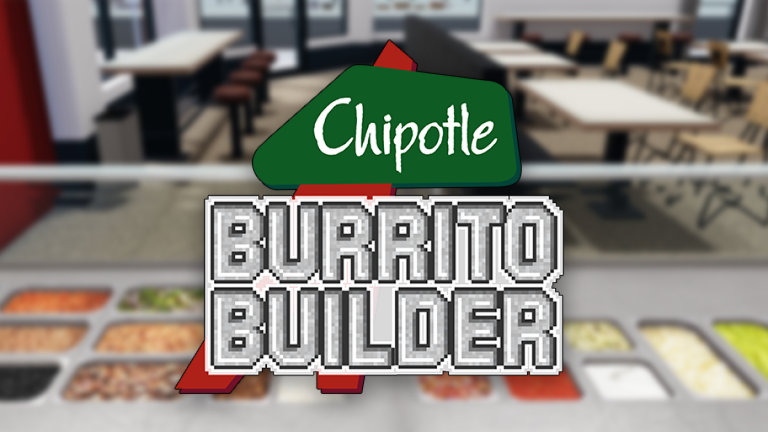
The Metaverse and Arts
Just as in the gaming industry, arts is the cornerstone of the metaverse. In a digital space, arts is the most fundamental component as it contributes to every object in the metaverse world. The relationship between arts and the metaverse is inherent and non-detachable. The 3D technologies, VR/AR/XR technologies, and blockchain construct the original metaverse, and arts will lead the development of the metaverse and make the metaverse an intelligent place. Also, without arts, the metaverse could only be a digital version real world instead of an imaginary space. The metaverse also creates a playground for gamification, VR technologies, blockchain, and NFT. It builds up connections between these cutting-edge technologies.
The Metaverse and Visual Arts
While discussing why metaverse matters for visual arts, we need first to understand how NFT and VR changed the traditional structure of the visual arts market. NFT has improved the “liquidity” of visual arts productions. A digital image could be sold and resold hundreds of times in several seconds on the OpenSea. It also gives individual artists the chance to publish their artwork and monetize their creativity. Furthermore, the NFT revolutionized the way artists and collectors think about digital media. It brings digital arts to the main stage and is accepted by the mainstream arts enterprises such as auction houses, museums, and galleries. The metaverse, alongside the VR technology, will bring digital arts to a new stage. As stated before, digital arts is the cornerstone of the metaverse, which means it’s an essential element for constructing a metaverse space. While the metaverse keeps developing, digital arts will continue to evolve and may become something beyond our imagination in the future.
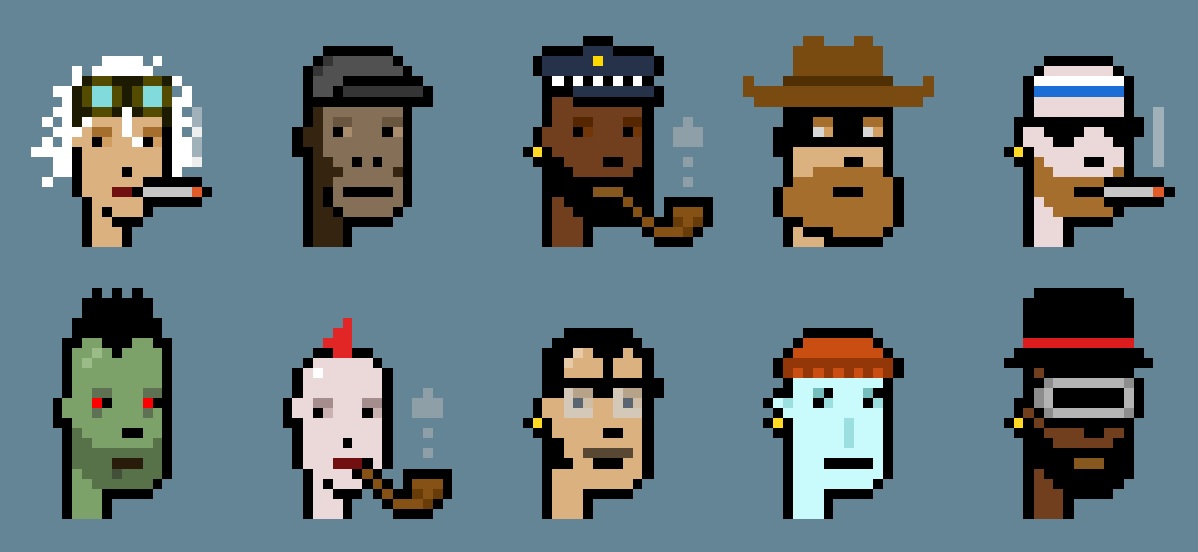
To follow the trend, visual arts enterprises have endeavored to develop their own metaverse space. During the Covid-19 pandemic, many world-renowned galleries also scrambled to offer Drake-like virtual tours of their hallowed halls, which had been emptied due to worldwide lockdowns. Top-tier auction house Sotheby constructed its first metaverse website years ago. Sotheby has also launched its first-ever virtual gallery in the browser-based platform Decentraland. Many successful individual artists also take the initiative to transfer their physical artworks to the digital space. Gal Yosef, a digital artist who specializes in reimagined designs of well-loved cartoon characters, is making a new transition – from art galleries to the metaverse. Web3 has allowed Yosef to go beyond his historical works and offered chances to him to build his own world. “Meta Eagle Club” is his first installment of a series of his own unique collections – making up a digital art world called Galyverse. In the commercial area, a metaverse version of fashion week occurs within the virtual destination space, Decentraland. The world’s biggest, entirely-digital fashion week commenced with events such as Dragon City’s Fashion Design Exhibition, followed into the evening by catwalk showcases. Though this first metaverse fashion week didn’t arouse many concerns around the world, it gave us an imaginary space for the future of metaverse. The publishing and monetization process will be more straightforward and easy to access for many individual artists with VR technology. These metaverse activities will benefit the art world by facilitating more creativity.
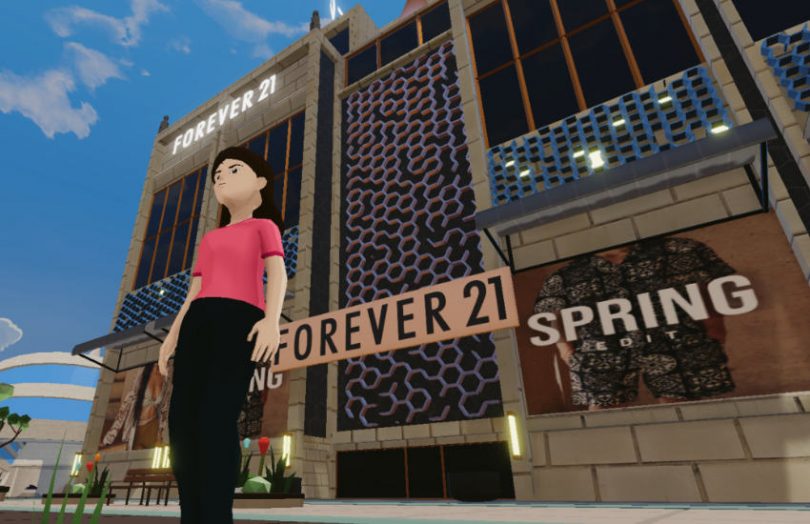
The Metaverse and Performing Arts
Compared with the visual arts, performing arts seem more challenging to transfer to the metaverse. However, one of the most famous and most prominent music festivals, Coachella, brought the live experience to the metaverse. The hosts created a metaverse space, the Absolut.Land, is an area where festival-goers on the ground and fans from all across the country can meet and bond over their shared love of festival culture through virtual drinks, experiences, and more. Absolut will even have a physical tent designed to perfectly match the one you’ll find in Absolut.Land. In the post-Covid era, physical experiences are facing unprecedented challenges. Metaverse may provide an alternative choice for audiences—the Absolut.Land comprises nine parts: The Anti-Gravity Dance Floor, The Absolut Bar, The Citron Media Room, The Garden, The Museum Gallery, The Selfie Room, The PRIDE Tunnel, The Rainbow Rave, and the Outlook. All these different parts combined together created perfect audience experiences.
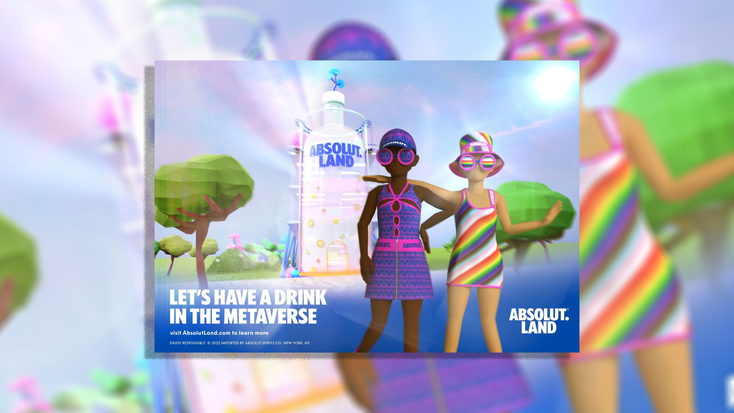
Critics of the Metaverse
Some people state that metaverse is no different from a fancy, 3d role-playing game in virtual reality. Some technology professionals also keep a conservative idea toward the metaverse. Shuntaro Furukawa, Nintendo’s president, told the media that “there is no easy way to define specifically what kinds of surprises and enjoyment the metaverse can deliver to our consumers.” When other game companies insanely invest in the metaverse, Nintendo’s perspective may help us calm down and seriously think about the significance of the metaverse.
/cdn.vox-cdn.com/uploads/chorus_image/image/70227921/Screenshot_2021_12_03_144418.0.jpg)
Meanwhile, the decentralized nature of the metaverse has raised unexpected riots and violence, and there are no specific policies or regulations to eliminate these negative behaviors. On April 1st, 2022, digital police arrested dozens of avatars who rampaged at a party in the metaverse, causing damage to NFT objects worth billions of dollars. As a blue ocean in the market, there will be increasing numbers of business entities trying to enter the metaverse, but how to regulate the metaverse market is still a critical problem for governments and every individual in the industry.